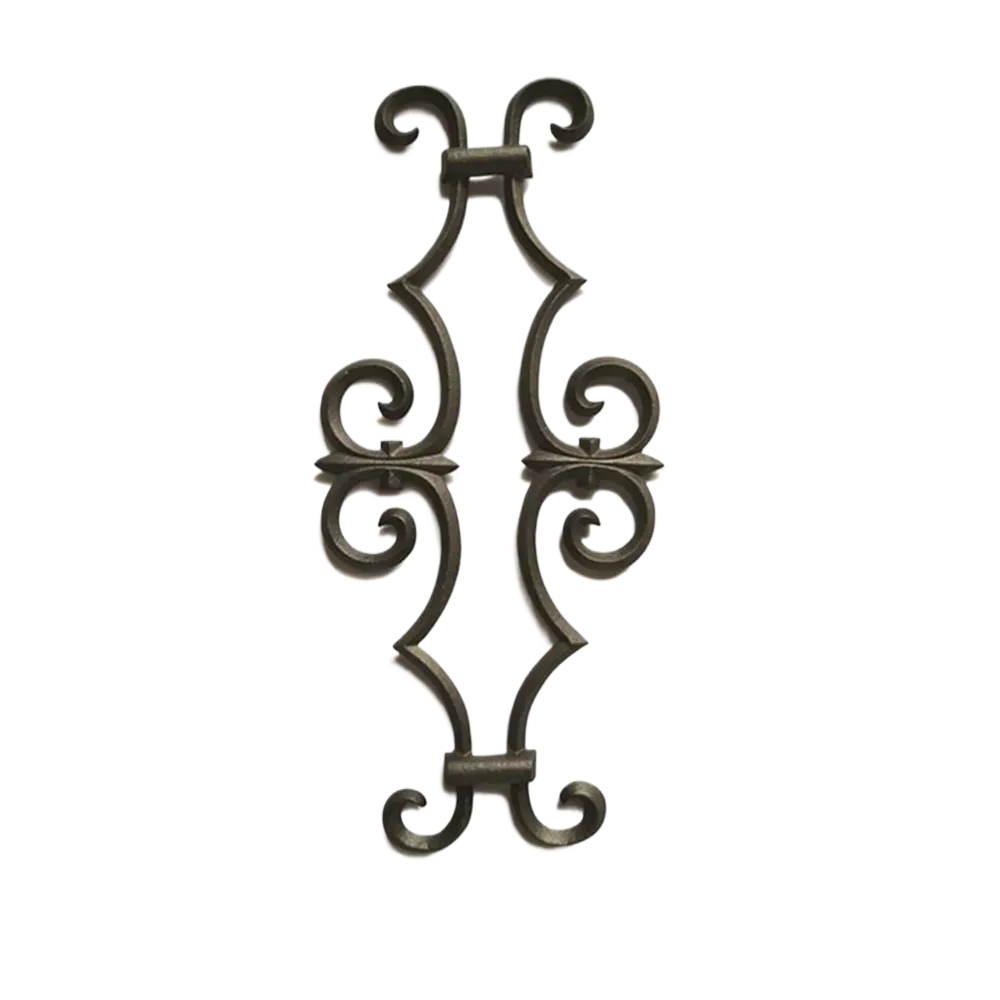cast iron castings
Understanding Cast Iron Castings Applications, Advantages, and Techniques
Cast iron castings play a pivotal role in various industries, providing a cost-effective solution for manufacturing intricate and durable parts. This versatile material, composed primarily of iron, carbon, and silicon, is favored for its excellent fluidity and casting properties, making it an ideal choice for a wide range of applications, from automotive components to construction materials.
Overview of Cast Iron
Cast iron is a group of iron-carbon alloys with a carbon content greater than 2%. The high carbon content provides several unique properties, such as enhanced fluidity during the casting process and improved machinability after cooling. The material is known for its excellent wear resistance, castability, and durability, making it suitable for heavy-duty applications.
Types of Cast Iron
There are several types of cast iron, each offering unique characteristics
1. Gray Cast Iron The most common type, gray cast iron is characterized by its graphite flakes, which provide superior machinability and thermal conductivity. It is extensively used in engine blocks, pipes, and machinery parts.
2. Ductile Cast Iron Also known as nodular cast iron, this type contains spherical graphite instead of flake graphite, resulting in improved strength, ductility, and toughness. Ductile cast iron is commonly used in automotive and structural applications.
3. White Cast Iron This type is noted for its hardness and wear resistance, attributed to its high carbon and cementite content. White cast iron is often used in applications requiring high wear resistance, such as roller mills and wear plates.
4. Malleable Cast Iron Produced through a heat treatment process, malleable cast iron is known for its good ductility and shock resistance. It is primarily used in applications like fittings and brackets.
5. Compacted Graphite Iron (CGI) This material combines features of both gray and ductile cast iron, offering improved strength and ductility. CGI is often used in high-performance automotive components.
Advantages of Cast Iron Castings
Cast iron castings offer several advantages that contribute to their widespread use in manufacturing
- High Wear Resistance Cast iron's hardness makes it highly resistant to wear and abrasion, which is crucial for components subjected to friction.
- Excellent Machinability The structure of cast iron allows for easy machining and shaping, facilitating the production of complex geometries.
- Cost-Effectiveness Cast iron is relatively inexpensive compared to other metals, making it an economical choice for large-scale production
.cast iron castings

- Good Vibration Damping The material's inherent damping properties help reduce vibrations in machinery, enhancing operational stability.
- Versatility Cast iron can be used to produce a wide variety of components for different industries, including automotive, construction, and consumer goods.
Casting Techniques
The production of cast iron components involves several casting techniques, including
1. Sand Casting This is the most prevalent method, where a pattern of the desired part is created in sand, which is then used to form a mold. Liquid cast iron is poured into the mold, and once solidified, the mold is broken away to reveal the finished part.
2. Investment Casting This precision casting technique involves creating a wax pattern that is coated in a ceramic shell. Once the shell is hardened, the wax is melted away, and liquid cast iron is poured into the cavity to form the desired part.
3. Die Casting Often used for high-volume production, this method involves injecting molten metal into a mold under high pressure. While less common for cast iron due to its lower fluidity compared to aluminum, it can still be employed for specific applications.
4. Continuous Casting This technique allows for the production of long sections of cast iron by continuously pouring molten metal into a mold where it gradually cools and solidifies. It is often used for producing cast iron pipes and other lengthy components.
Applications of Cast Iron Castings
The versatility of cast iron castings makes them suitable for numerous applications, including
- Automotive Parts Engine blocks, cylinder heads, and brake components often utilize cast iron for its durability and heat resistance.
- Infrastructure Cast iron pipes, manhole covers, and street furniture are common in urban environments due to their strength and longevity.
- Industrial Machinery Many manufacturing machines, including gears and frames, are made from cast iron, benefiting from its wear resistance and structural integrity.
Conclusion
Cast iron castings represent a fundamental aspect of modern manufacturing, providing reliable, durable, and cost-effective solutions across various industries. With advancements in casting techniques and material science, cast iron continues to evolve, maintaining its relevance in an ever-changing technological landscape. As industries push for higher performance and sustainability, cast iron will likely adapt and thrive, solidifying its place in the manufacturing world for years to come.
-
Wrought Iron Components: Timeless Elegance and Structural StrengthNewsJul.28,2025
-
Window Hardware Essentials: Rollers, Handles, and Locking SolutionsNewsJul.28,2025
-
Small Agricultural Processing Machines: Corn Threshers, Cassava Chippers, Grain Peelers & Chaff CuttersNewsJul.28,2025
-
Sliding Rollers: Smooth, Silent, and Built to LastNewsJul.28,2025
-
Cast Iron Stoves: Timeless Heating with Modern EfficiencyNewsJul.28,2025
-
Cast Iron Pipe and Fitting: Durable, Fire-Resistant Solutions for Plumbing and DrainageNewsJul.28,2025
-
 Wrought Iron Components: Timeless Elegance and Structural StrengthJul-28-2025Wrought Iron Components: Timeless Elegance and Structural Strength
Wrought Iron Components: Timeless Elegance and Structural StrengthJul-28-2025Wrought Iron Components: Timeless Elegance and Structural Strength -
 Window Hardware Essentials: Rollers, Handles, and Locking SolutionsJul-28-2025Window Hardware Essentials: Rollers, Handles, and Locking Solutions
Window Hardware Essentials: Rollers, Handles, and Locking SolutionsJul-28-2025Window Hardware Essentials: Rollers, Handles, and Locking Solutions -
 Small Agricultural Processing Machines: Corn Threshers, Cassava Chippers, Grain Peelers & Chaff CuttersJul-28-2025Small Agricultural Processing Machines: Corn Threshers, Cassava Chippers, Grain Peelers & Chaff Cutters
Small Agricultural Processing Machines: Corn Threshers, Cassava Chippers, Grain Peelers & Chaff CuttersJul-28-2025Small Agricultural Processing Machines: Corn Threshers, Cassava Chippers, Grain Peelers & Chaff Cutters












